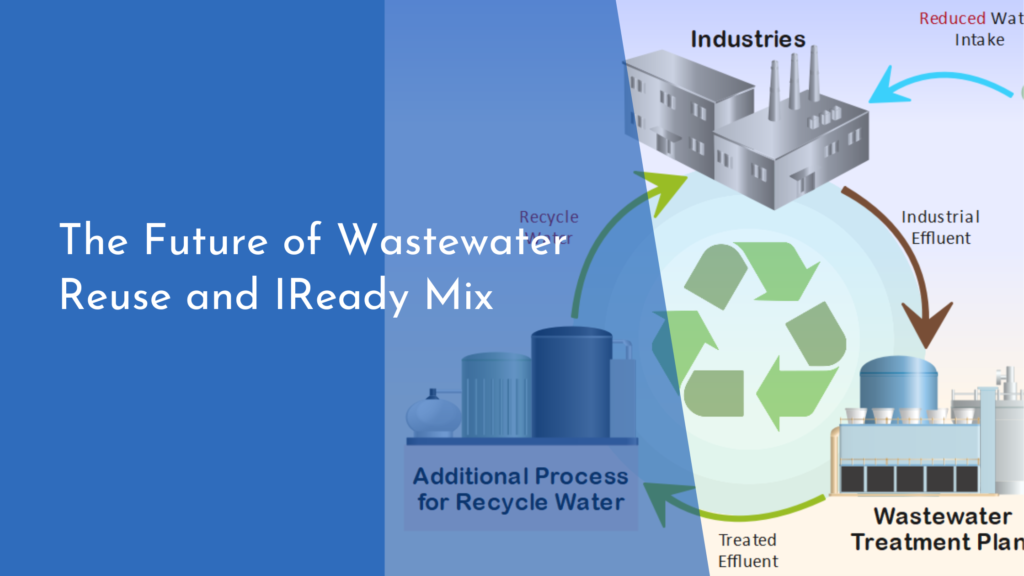Breaking Down Barriers to Renewable Energy Adoption
As the world moves towards a more sustainable future, renewable energy stands at the forefront of this transformation. With climate change becoming an increasingly pressing concern, the shift from fossil fuels to renewable sources like solar, wind, and hydroelectric power is no longer just an option—it’s a necessity. However, numerous barriers complicate this transition. This article delves into the current energy landscape, examines infrastructure challenges, explores policy innovations, and concludes with reflections on what a greener future might look like.
Understanding the Current Energy Landscape
The current energy landscape is a complex tapestry woven from traditional fossil fuel sources and an ever-growing segment of renewable energy sources. Fossil fuels, such as coal, oil, and natural gas, have been the dominant energy providers for centuries due to their high energy density and established infrastructure. However, these sources are finite and contribute significantly to environmental degradation. On the other hand, renewable energy sources are cleaner alternatives that harness the natural processes of the Earth, such as sunlight, wind, and water flow, to generate power. Although renewables accounted for approximately 29% of global electricity generation in 2020, their integration into the energy grid faces numerous challenges, including variability in supply and geographic limitations.
Despite these challenges, the tide is slowly turning in favor of renewable energy, driven by technological advancements, decreasing costs, and increased awareness of environmental issues. Innovations in battery storage, for instance, are addressing some of the variability in supply, while governments and private sectors invest heavily in renewable infrastructure. Moreover, public opinion is shifting, as individuals and communities become more environmentally conscious and demand cleaner energy solutions. This evolving mindset is crucial for overcoming the barriers to renewable energy adoption, as it fosters a supportive environment for both policy changes and technological advancements.
Overcoming Infrastructure Challenges
One of the major hurdles in renewable energy adoption is the existing infrastructure, which was predominantly built around fossil fuels. The transition to renewable energy requires significant updates to the grid, including the integration of smart grid technologies and improved transmission systems to handle the decentralized nature of renewable sources. Solar and wind farms, for example, are often located in remote areas far from urban centers where energy demand is highest. This necessitates the development of advanced transmission lines capable of efficiently transporting electricity over long distances without significant losses.
Another critical aspect of infrastructure development is energy storage. Unlike fossil fuels, renewable sources like solar and wind are intermittent, producing energy only when the sun shines or the wind blows. This variability makes effective storage solutions imperative to ensure a stable energy supply. Innovations such as lithium-ion batteries, pumped hydroelectric storage, and emerging technologies like flow batteries are paving the way for more reliable storage solutions. These advancements not only help stabilize energy supply but also make it more feasible to integrate a larger percentage of renewables into the grid, ultimately helping to break down one of the key barriers to widespread renewable energy adoption.
Policy Innovations and Their Impacts
Governments play a pivotal role in promoting renewable energy adoption through policy innovations. Subsidies, tax incentives, and renewable energy credits are among the tools used to make renewable projects more financially viable. For instance, the Production Tax Credit (PTC) and the Investment Tax Credit (ITC) in the United States have been instrumental in driving the growth of wind and solar industries, respectively. These policies lower the cost of investment for renewable projects, encouraging more players to enter the market and fostering a competitive industry landscape.
Moreover, international agreements and national mandates are pushing countries towards cleaner energy. The Paris Agreement, for example, set ambitious targets for reducing carbon emissions, which in turn pressures signatory countries to invest in renewables. Likewise, renewable energy standards, which require a certain percentage of electricity to be generated from renewable sources, are being adopted by more regions around the world. These policy innovations not only accelerate the transition to renewable energy but also create a ripple effect by encouraging technological advancements and increasing public awareness and acceptance of renewable solutions.
Concluding Thoughts on a Greener Future
As we look toward a greener future, it’s clear that the path is paved with both challenges and opportunities. Technological advancements continue to push the boundaries of what’s possible in renewable energy, while public awareness and demand drive policy changes and industry growth. The successful dismantling of barriers to renewable energy adoption relies on an integrated approach that combines technological innovation, infrastructure development, and supportive policies.
In conclusion, the journey towards widespread renewable energy adoption requires a collective effort from governments, businesses, and individuals alike. By addressing infrastructure challenges, implementing innovative policies, and fostering a culture of sustainability, we can overcome the existing barriers and transition to a cleaner, more sustainable energy future. The benefits of renewable energy extend beyond environmental protection, offering economic opportunities and energy security. As we embrace this transition, we contribute to a healthier planet for future generations, creating a legacy of sustainability and resilience.


